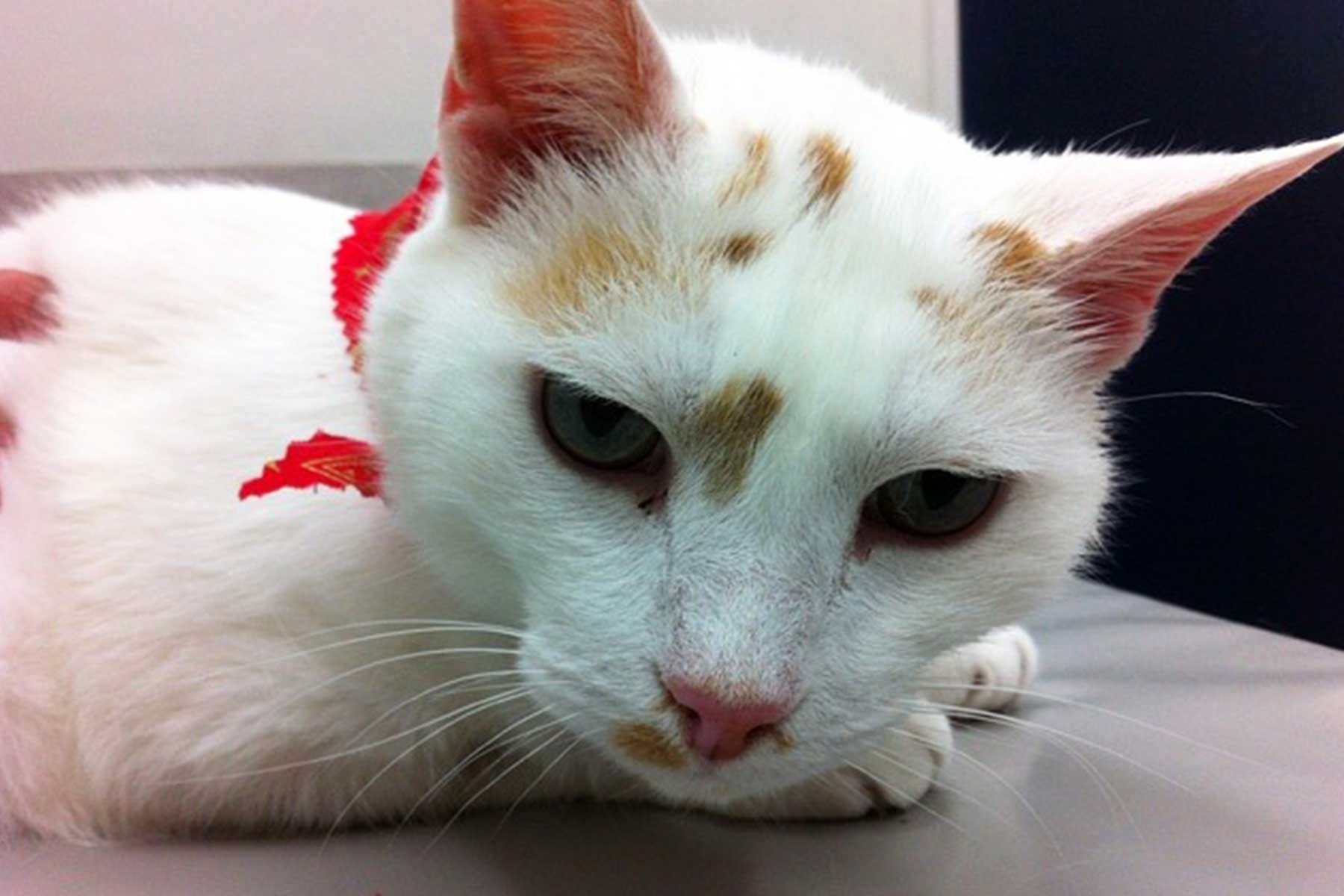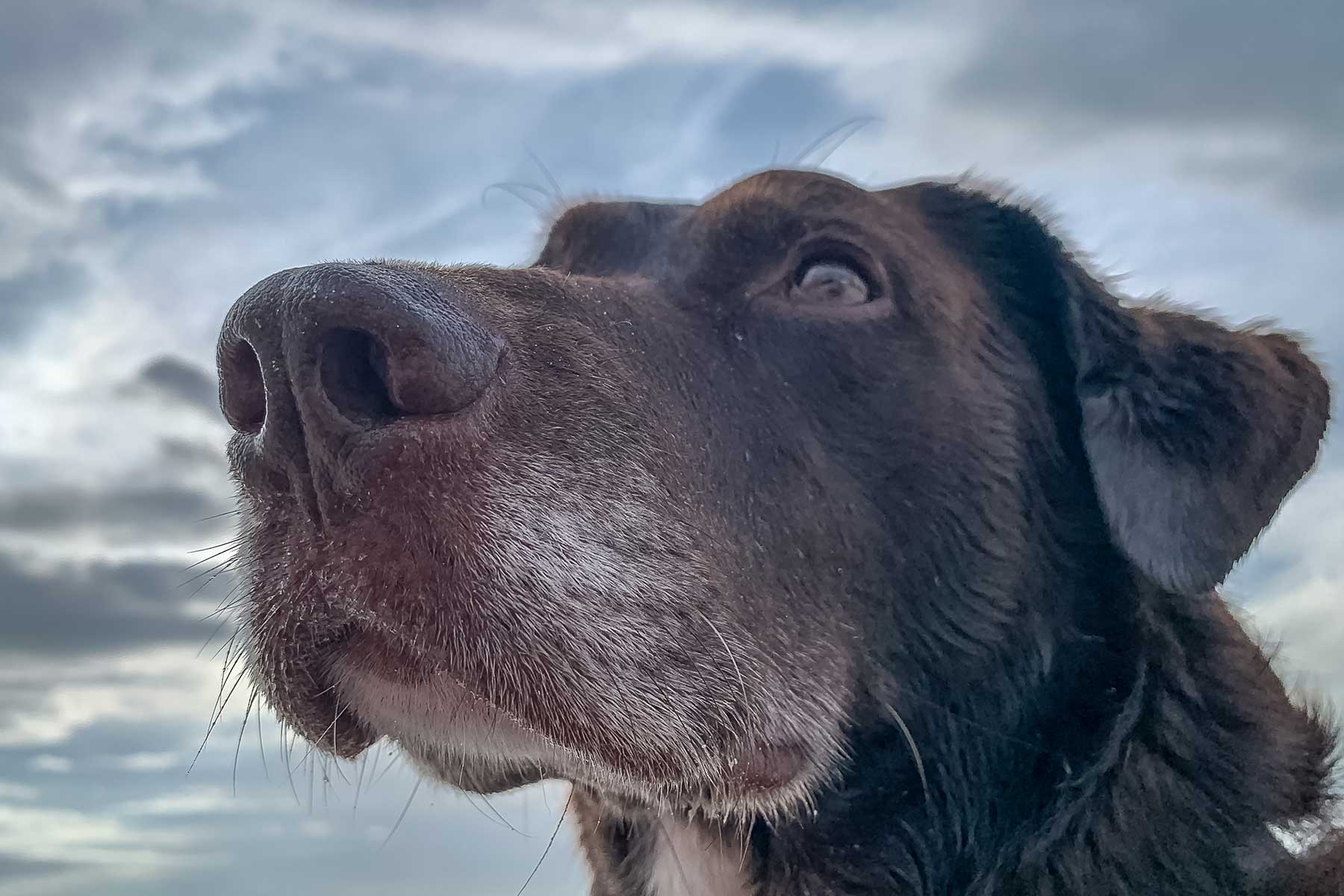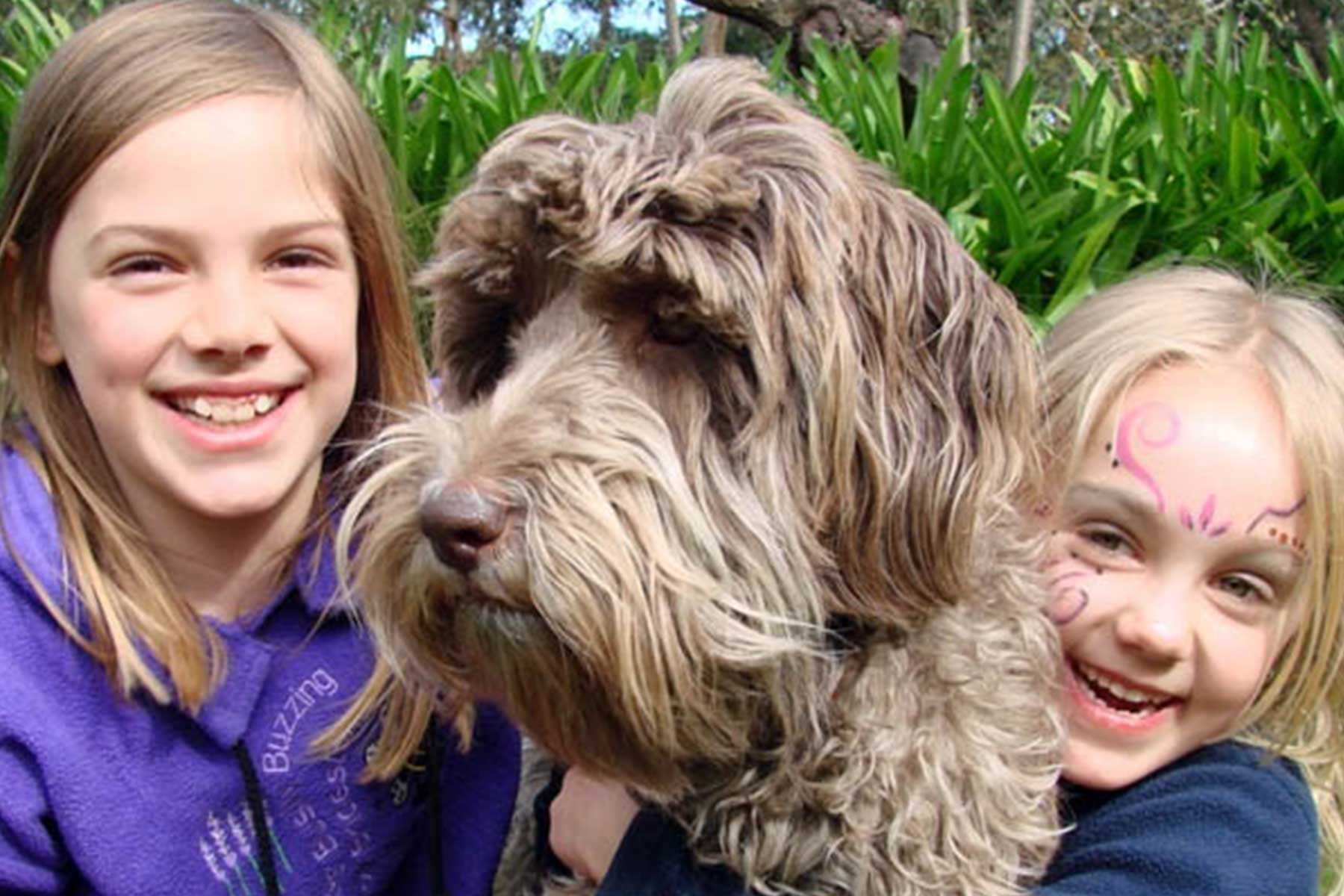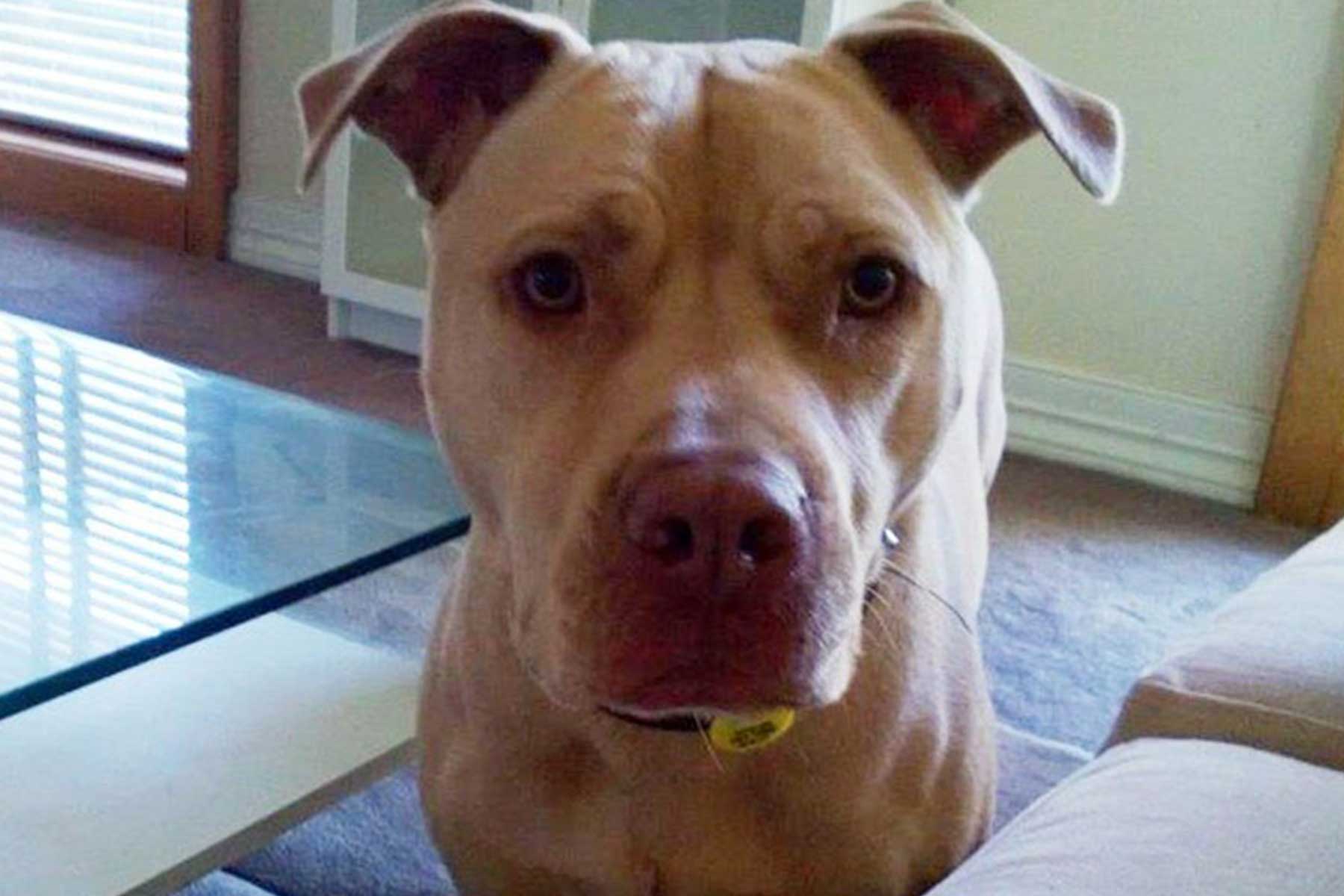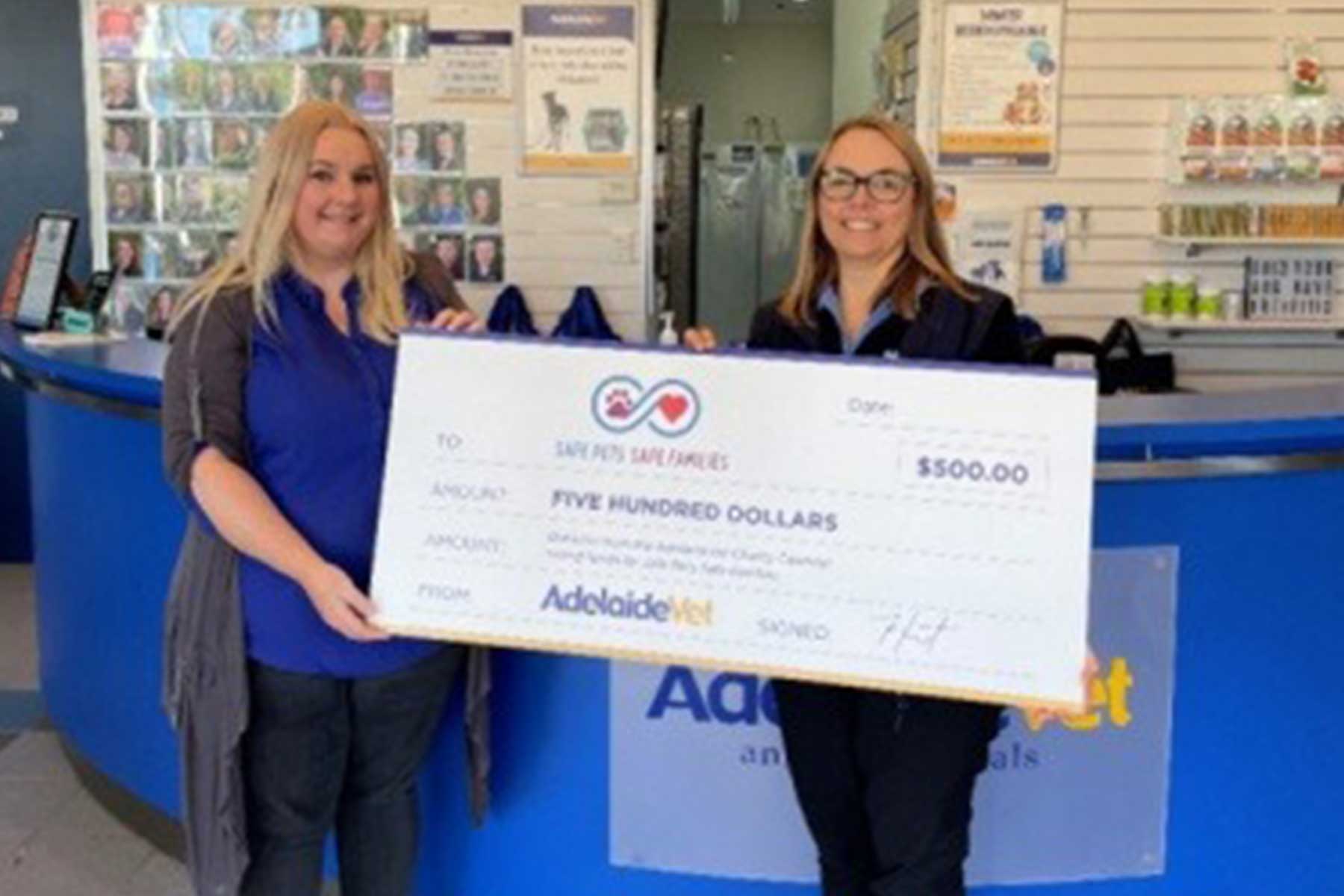Getting a new puppy when you have young children is common, most people believe it’s the perfect time to give their child a companion to grow up with. This usually does result in a beautiful bond between the two but please be understanding that this is by no means is an easy task. Children and puppies are a lot of work on their own, you want to make sure you have enough time to give both the attention they require to both thrive.
The most important part of successfully raising a pup alongside a child is one golden rule – Supervise or separate. If you are busy and cannot give 100% of your attention to the situation between your pup and children then they must be separated.
Things to watch out for if you are not fully supervising:
1) Overstimulation
Both puppies and children are very good at getting over-excited to the point where they stop making good choices, neither the child nor the pup will have the maturity or knowledge to calm the play down when necessary, so it will continue to escalate until someone gets hurt or until you step in (this is too late by this point and is already fracturing the relationship between your child and their pup)
2) Accidental food toxicity
Young children are often snacking or leaving food around. A lot of these foods are toxic to puppies or can cause gastric upset. (small packs of sultanas, chocolate, lollies, etc)
3) Food or Resource Guarding
Unfortunately, if not handled properly this can result in dog bites. We all hear and see the horror stories where the loving family dog has bitten the child and sent them to the hospital. We never want that to be us! But the reality is, it very well could be. No dog has ever bitten before – until it does.
You can set your family and puppy up to be in the best possible position to prevent this by doing some simple tasks…
Ideally, your child has NOTHING to do with your dog while they are eating. If you really are adamant that you want to give your child the responsibility of ‘feeding their dog’ then you need to wait until you have taught your puppy to ‘wait’ so that your child can safely place the food bowl on the ground and say ‘ok’ to cue your dog to eat. As soon as the ‘ok’ has been given, your child MUST leave the pup alone and give them as much space as is practical. There is no reason to give your pup an opportunity to view your child as a threat to its mealtime. If you as an adult want to help your pup be ok with people around it whilst he/she is eating then you can do this by introducing more food to the food bowl to help pup see a hand around its food is a positive, not a negative.
A lot of people feel the need to ‘desensitise’ their pup by constantly putting their hands into the food bowl or taking food away. STOP! You are re-enforcing to your pup that you are a threat.
Think of it this way:
Someone hands you your favourite food/dessert. You take your first bite and its better than you ever could have imagined… Then they come back and take it away. Next time the approach you when your eating are you going to trust them? Are you going to be happy about them approaching you? No.
But if instead of coming over and taking your delicious dish away from you mid-meal, what if they instead came over and added an extra topping? How would you feel then? You’d welcome them next time they approached you, you’d happily trust them around your food. Your dogs are the same.
4) Puppies should not have free range of the house/ furniture.
There should be some places where your child can go, for example onto the couch, where they are able to take a break from their puppy. This also helps establish a ‘respect’ between your puppy and the child. This can work both ways with crate training your pup as it’s an easy way to give your child and pup a little bit of time apart to calm down. As well as giving your pup a safe space to go if they wish to.
5) Children should not be responsible for taking toys or items off the pup.
Similarly, to the food conversation, we want to prevent your dog from viewing your child as a threat. Children should not be allowed to ‘harass’ the pup, which is why supervision is so important.
6) Teaching children to put their toys away.
This way your children’s beloved toys do not get destroyed. But also prevents the risk of your pup eating them or getting stuck in your pup which could end up costing you lots of money.
7) Worms and Children
Worms in both puppies and young children are fairly common, we want to be worming both frequently to avoid passing them on between them. Puppies should be wormed every 2 weeks until they are 12 weeks old, then once a month until they are 6 months, then every 3 months for the rest of their life, consult with your family doctor or pharmacist on the frequency that you should worm your children. Children should be discouraged from allowing their new puppy to lick them, especially their face and be sure to teach them a strict handwashing routine.
It can be a lot of work to raise a young child and a puppy together, but we all remember the childhood bonds we had with our dogs and it can be a beautiful thing. Get your children involved with the puppy as much as appropriate, depending on the age of your children they can also help with training. Your child can also get involved with feeding your puppy (just make sure they leave the puppy alone when eating). Allow your child to play with the puppy but under supervision. Remember separating the puppy and child can be as beneficial to their relationship as their time together. If they’re just left to harass each other, it can taint their bond.
If you need any more tips or help, please contact your local AdelaideVet clinic. We also offer Puppy Preschool classes for puppies 8-15 weeks for all owners looking to give their puppy the absolute best start in life and the opportunity to grow into a well behaved, sociable dog. Click here for more information.

